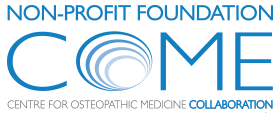Who we are
COME is a non-profit foundation looking to establish international and multidisciplinary partnerships to pursue grant funding, high quality research, clinical and health care support.
What we do
We identify meaningful research topics and research teams that can rigorously answer questions. The outcomes of the research supported by the foundation will help people live healthier and more productive lives.
National centres (NACE)
The COME National Centres (NACE) are the local (national) appendices of the foundation and are one of the core components of the Collaboration.
Courses and Webinars
Our courses and webinars provide expert-led, interactive learning experiences designed to enhance your knowledge and skills in various fields. With flexible formats and up-to-date content, they will gain practical insights and tools to excel in the professional journey.
Foundation info
The COME Collaboration is an interdisciplinary foundation for osteopathy excellence.
We bring together clinicians and scientists who study the effect and effectiveness of osteopathic medicine. Our goal is to understand how osteopathy works, to produce compelling evidence to optimize health care services and enhance quality of education. Our research groups study all aspects of application of osteopathic medicine including lab-based and clinical-based research as well as translational research.
We host and train clinicians, scientists and support staff, and interact with collaborators throughout the world.
As well as conducting scientific research, we offer a wide range of educational and training opportunities to support the development of osteopathy both nationally and internationally, and have an active public engagement agenda.
Within the foundation, the terms osteopathy and osteopathic medicine are used interchangeably.
-
29 October 2025
Impact of touch interventions on brain activity in moderately preterm infants: study protocol for a pilot randomised controlled trialImproving the quality of life for preterm children is a global health priority, given their vulnerability to neurocognitive impairments and…
-
19 October 2025
European research Priorities for Osteopathic Care (PROCare): a sequential exploratory investigation and surveyThe aim of this study is to identify and analyse research priorities across the osteopathic profession internationally, to determine how…
-
2 October 2025
The changing face of acute low back pain management by physiotherapists, osteopaths and chiropractors in the UK: a 20-year comparison from 2003 to 2023Low back pain (LBP) remains a leading source of disability and societal cost. In the UK, physiotherapists, osteopaths, and chiropractors…
Last New COME Reseach
-
29 October 2025
Impact of touch interventions on brain activity in moderately preterm infants: study protocol for a pilot randomised controlled trial
Improving the quality of life for preterm children is a global health priority, given their vulnerability to neurocognitive impairments and…
-
19 October 2025
European research Priorities for Osteopathic Care (PROCare): a sequential exploratory investigation and survey
The aim of this study is to identify and analyse research priorities across the osteopathic profession internationally, to determine how…
-
28 September 2025
Attitudes, Beliefs, and Values of Italian Osteopaths Toward the Management of Patients With Tension-Type Headache: A Categorical Content Analysis
Tension-type headache (TTH) is among the 20 leading causes of disability worldwide. Due to the difficulty in diagnosis and the…
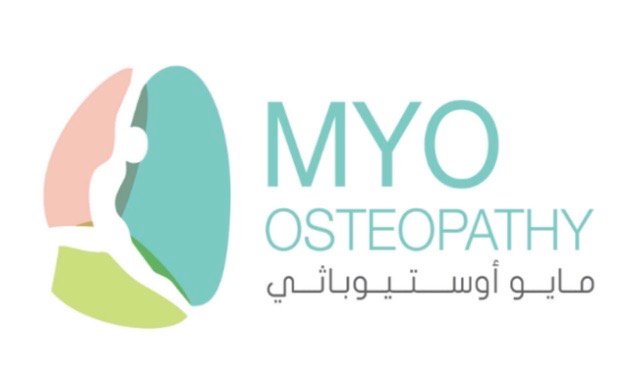
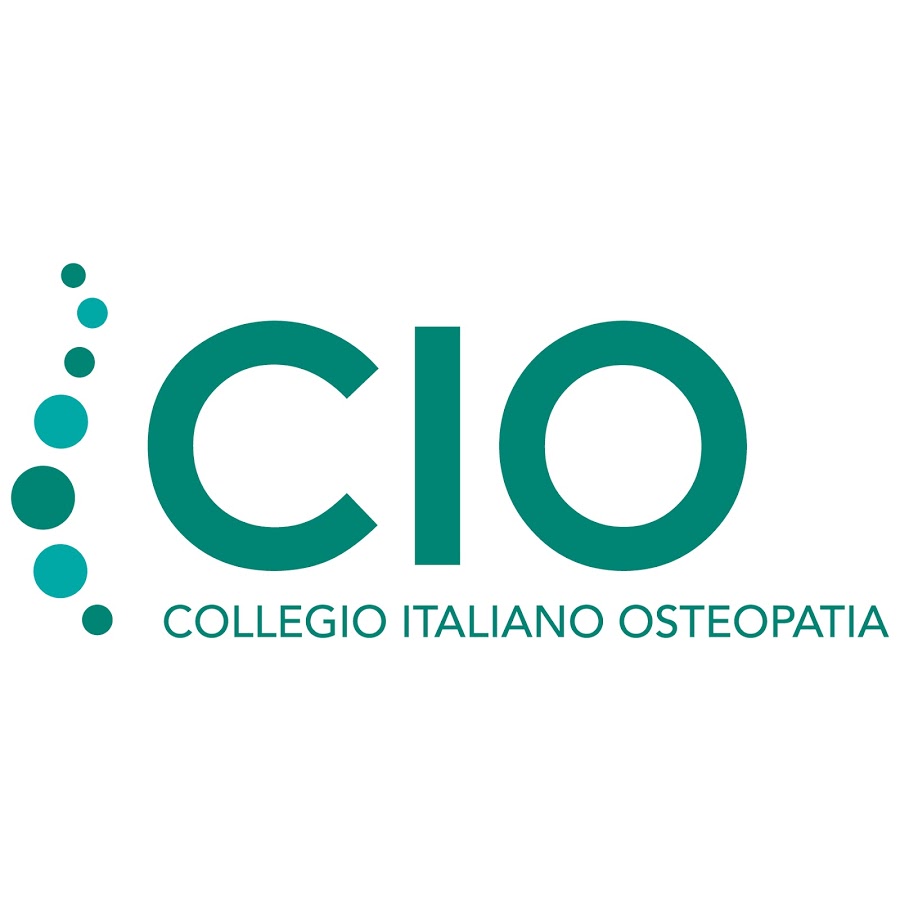
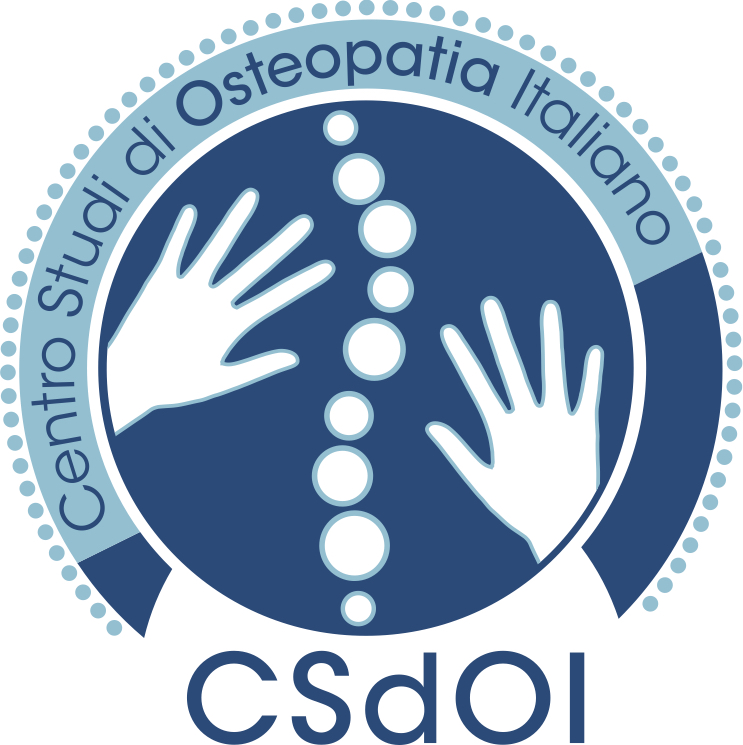

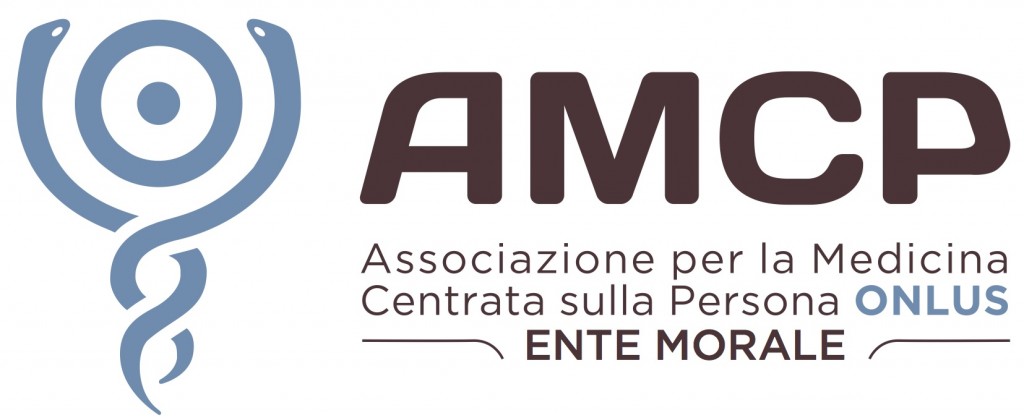



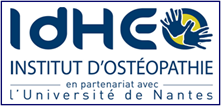
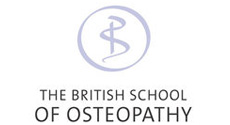


Subscribe
It implies accepting our terms and conditions for data protection policy (read the privacy and regulation)
